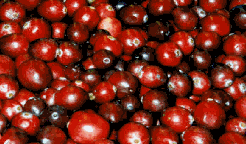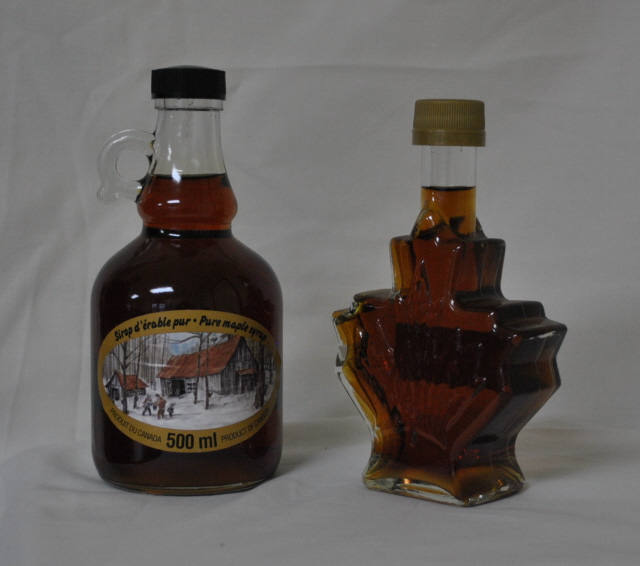Production of Wild Blueberries differs in many significant ways from production of other fruit crops. The uniqueness of blueberry production is derived partly because the plant is a native, naturally occurring plant in northeastern North America, and partly because of the biology of the species. Unlike other crops, Wild Blueberries are not planted but instead, are developed from native existing stands. Since the harvested crop comes from fields composed of managed, native plants, these blueberries are marketed as "wild" blueberries. This is in contrast to the highbush or cultivated blueberry (Vaccinium corymbosum) which is planted and maintained in a manner similar to an orchard. In established wild lowbush blueberry fields, modern agriculture management practices, such as weed and pest control, can produce a crop which can consistently yield 3,000 pounds per acre. Under favorable conditions, yields of up to 8,000 pounds per acre have been realized. The total production of Wild Blueberries in North America averages over 120 million pounds annually. Production How the Plant Grows Land Requirements Field Development Harvesting |
     |
